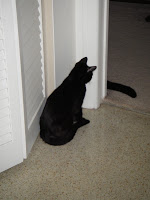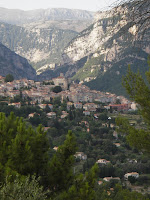
My dad always remembered when his cousin Kate came to play and usually took the best marbles. When we were kids, if our parents invited their friends for dinner, the kids came too. Sometimes we had fun. Other times, the kids appropriated our favorite toys, mocked our imaginary forts or tree houses, or . . . .stormed through our play area (usually cars and houses and animals lined up according to the stripes on the oriental carpets), breaking things and wrecking havoc. Telling us their toys were bigger, better or newer. . . .
Playing with friends is part of growing up. My kids had friends over, and most of the time, no casualties occurred. But on occasion, the Maple Town bears got injured, the doors of both a dollhouse and a car parking garage were pulled off their hinges and Ken had his foot chewed off. Another battle ensued over who would become Queen Frostine (in the game of Candy Land). But some visits passed slowly. We ran out of games in the first 20 minutes of a four-hour afternoon. The visitor spent the remainder of the time by the window, waiting for a ride home.

Now that my kids are grown, the only play that occurs takes place when a small, energetic Chihuahua mix comes to visit the resident cats. For the first 20 minutes, they chase each other from room to room over chairs and sofas, and under tables. Gradually, the cats drop out of the game and disappear out of reach to recover.
Later, the cats reappear, batting their toys about as a type of invitation to play. The dog usually chews a bit too hard on the tiny mice and foam balls. And the dog toys are too big for the cats to carry. Causalities include the horns on a buffalo and felt mice. The Chihuahua races around, playfully nipping at the cats who return a couple swipes with their paws. After another vigorous 20 minutes, the cats curl up on the sofa with the dog or they disappear. The small dog waits by the window for her ride home. Plus ça change. . . .









